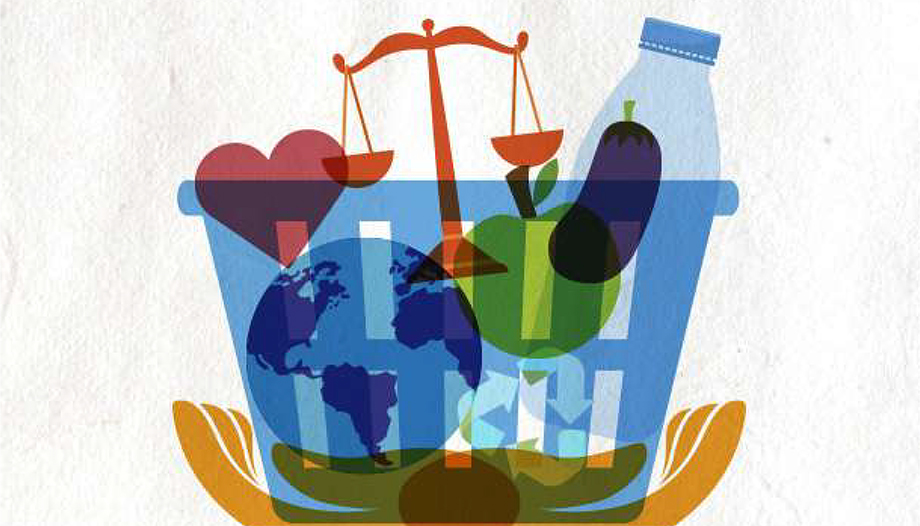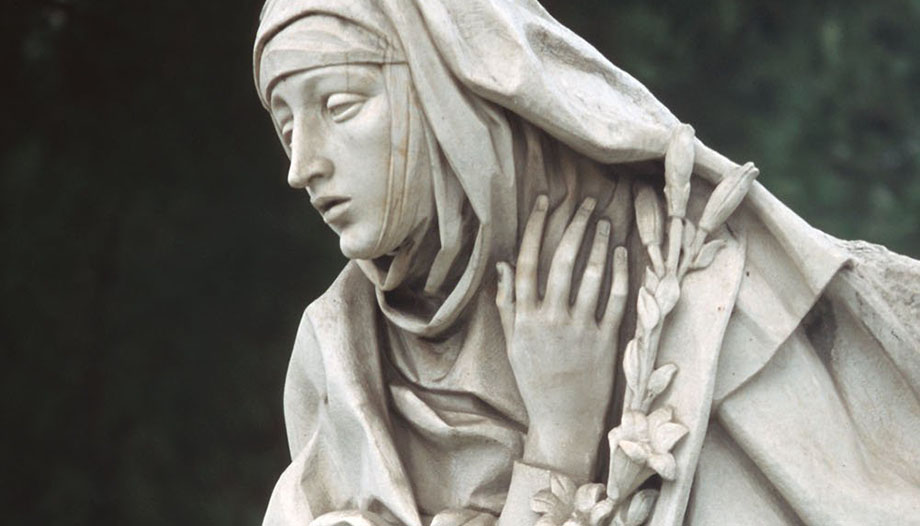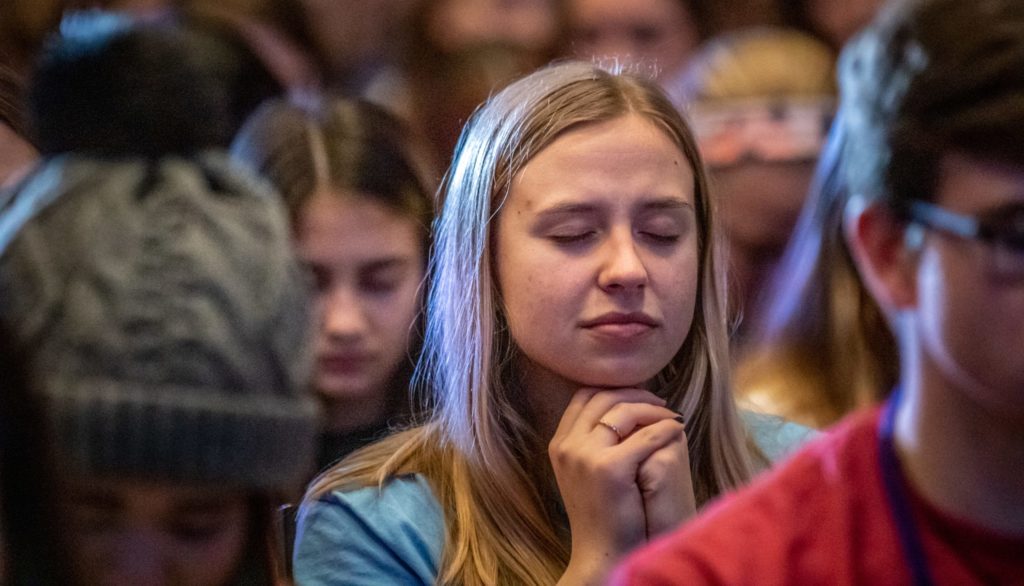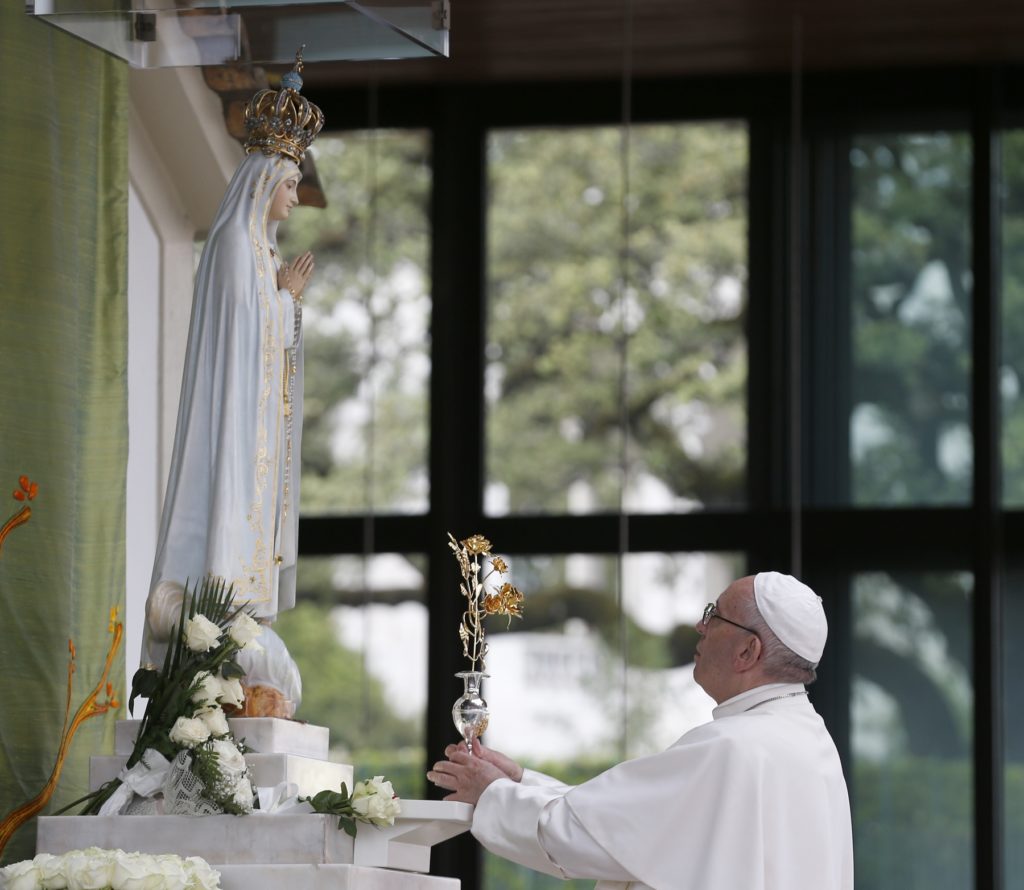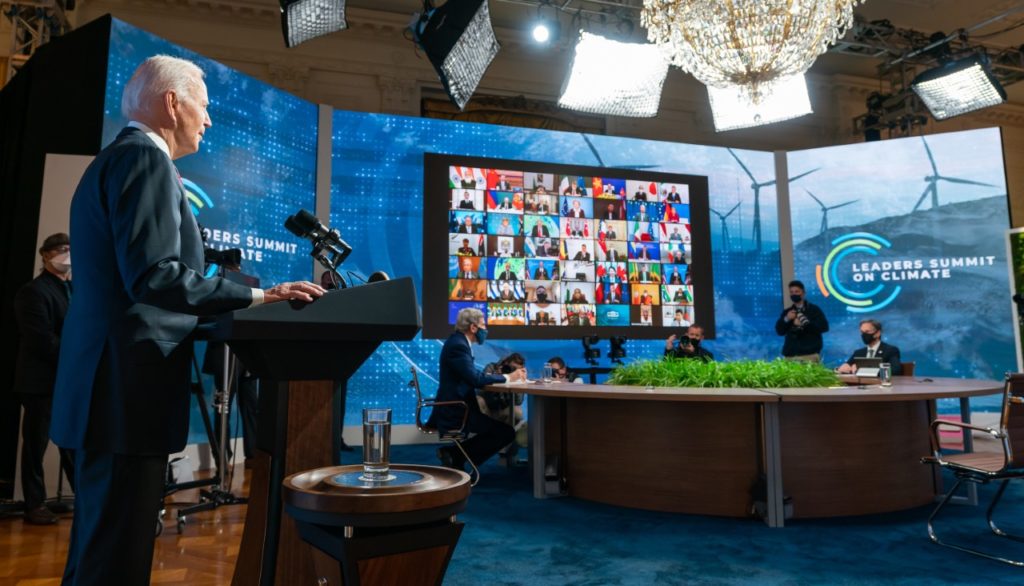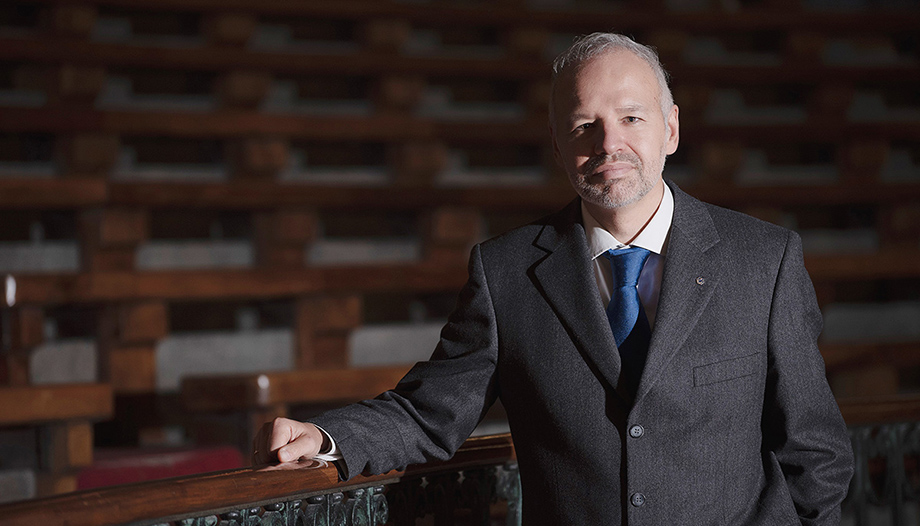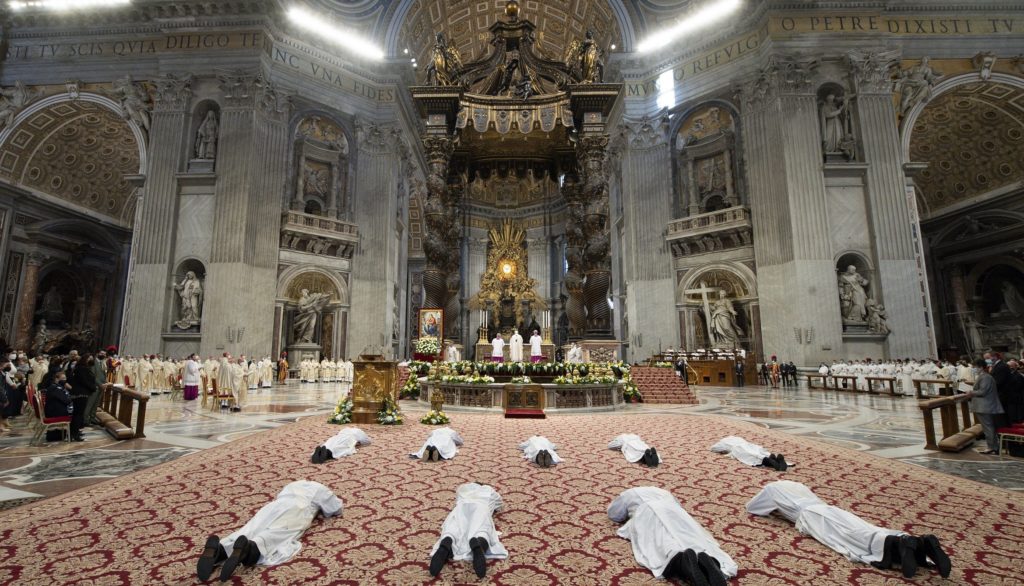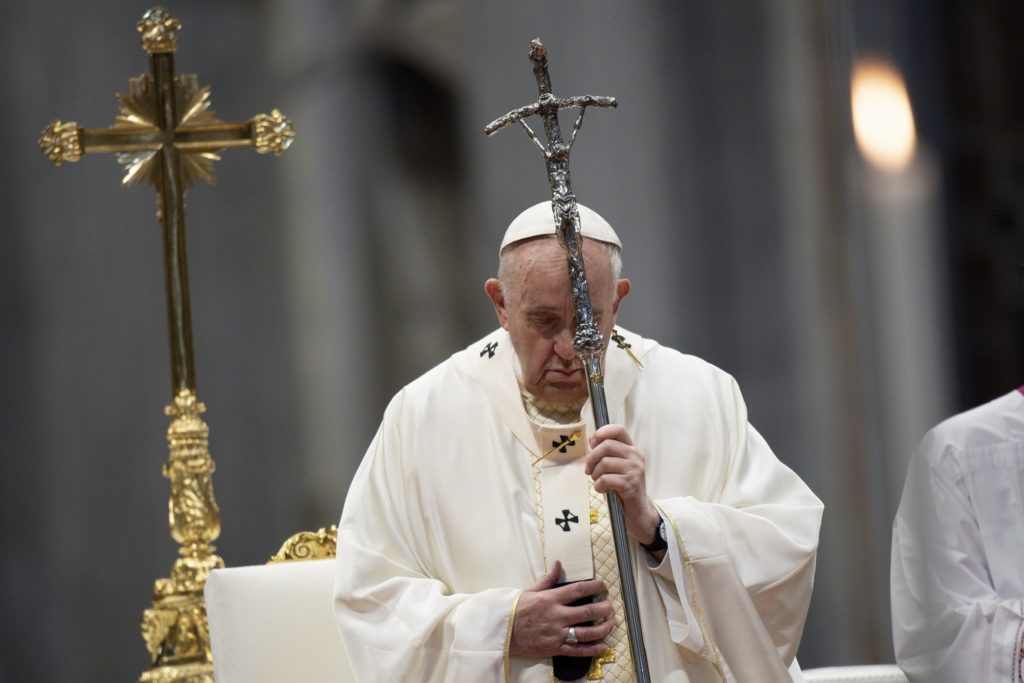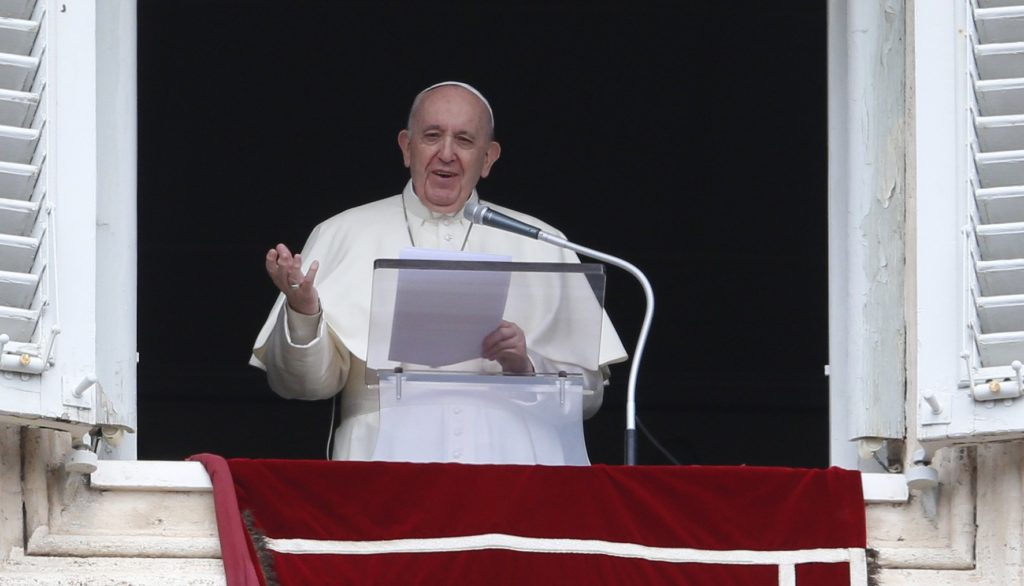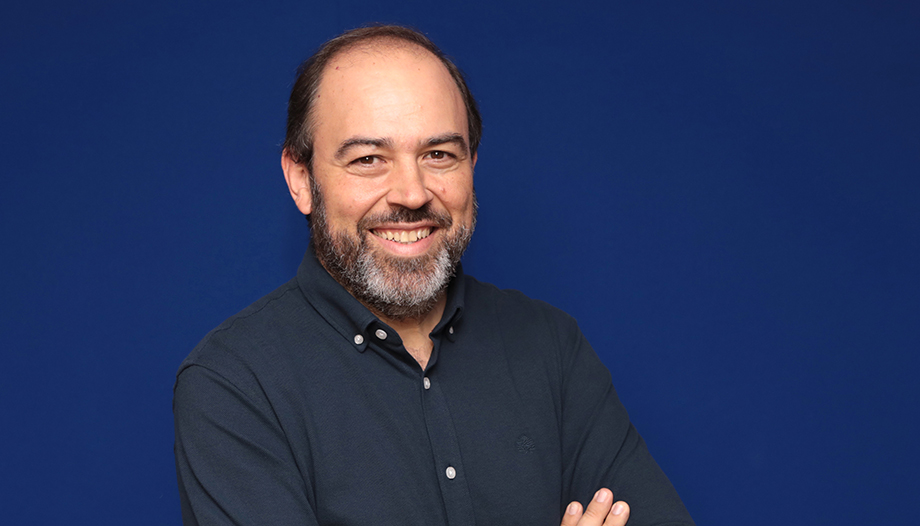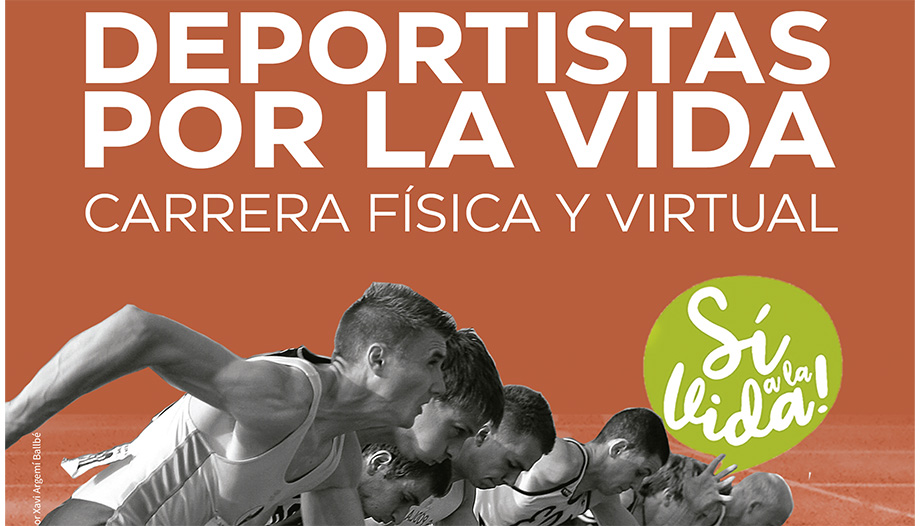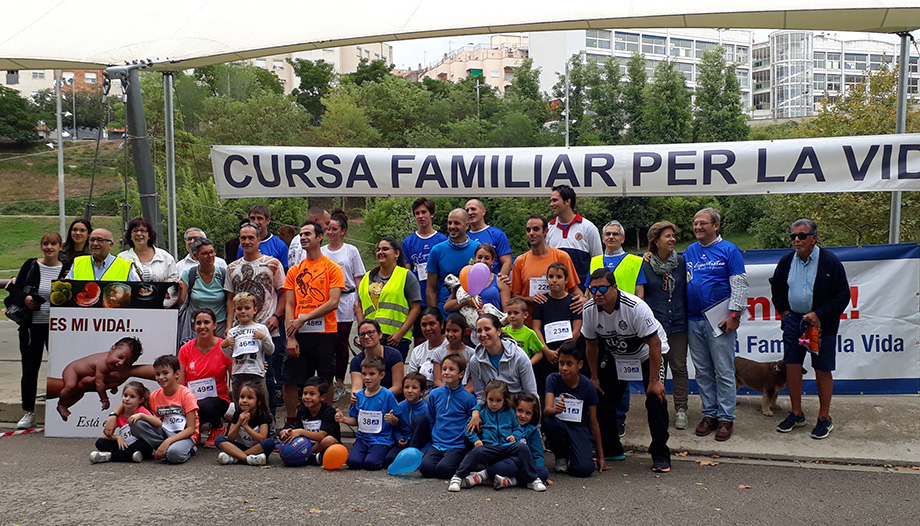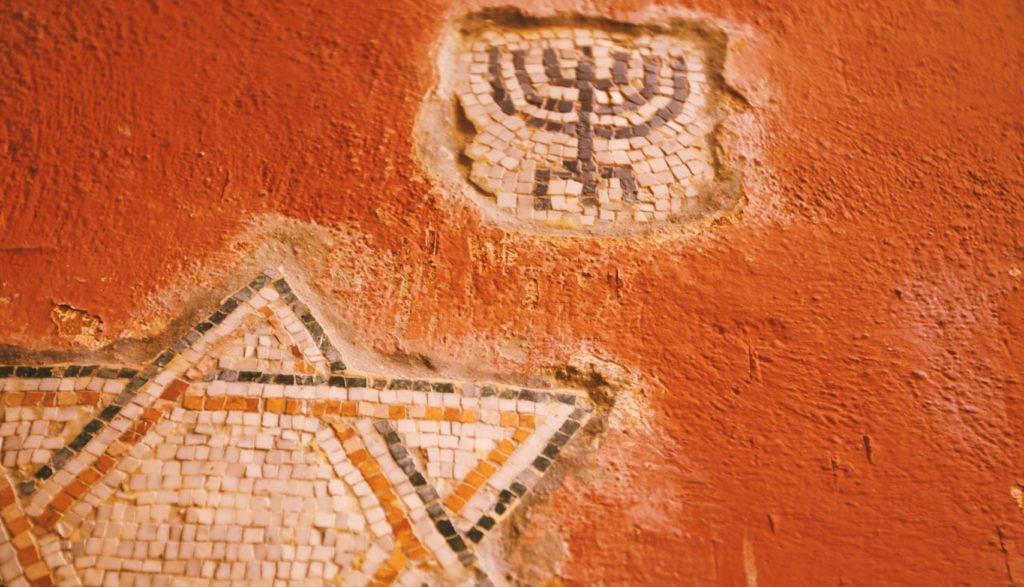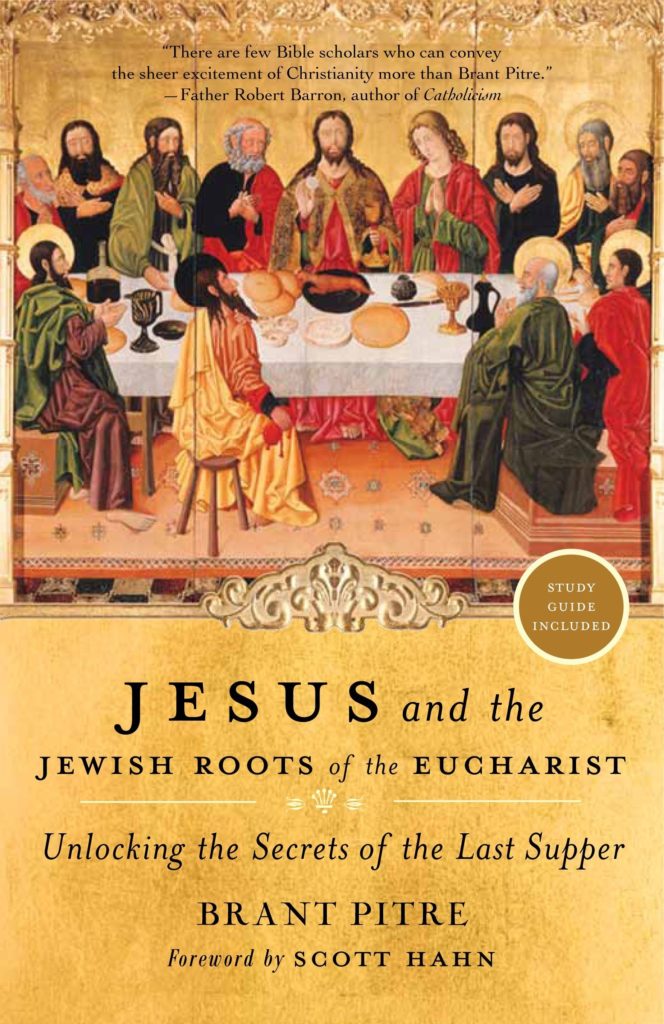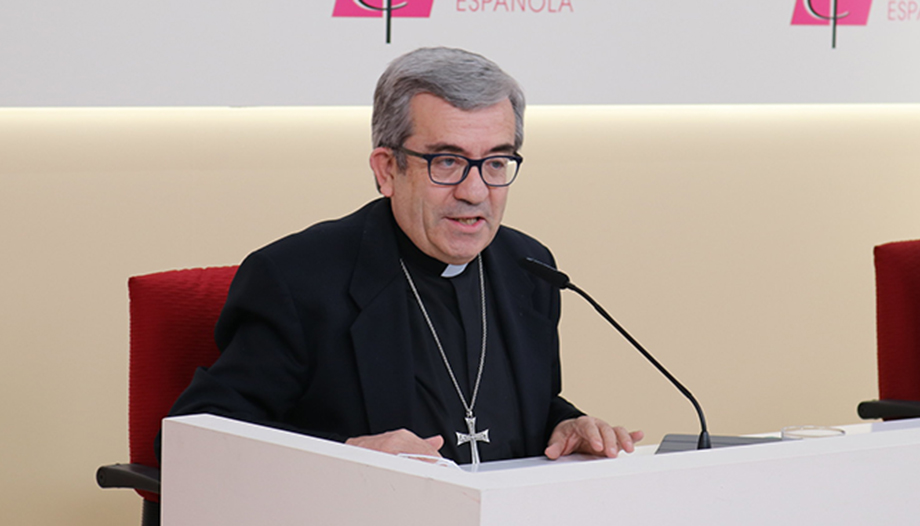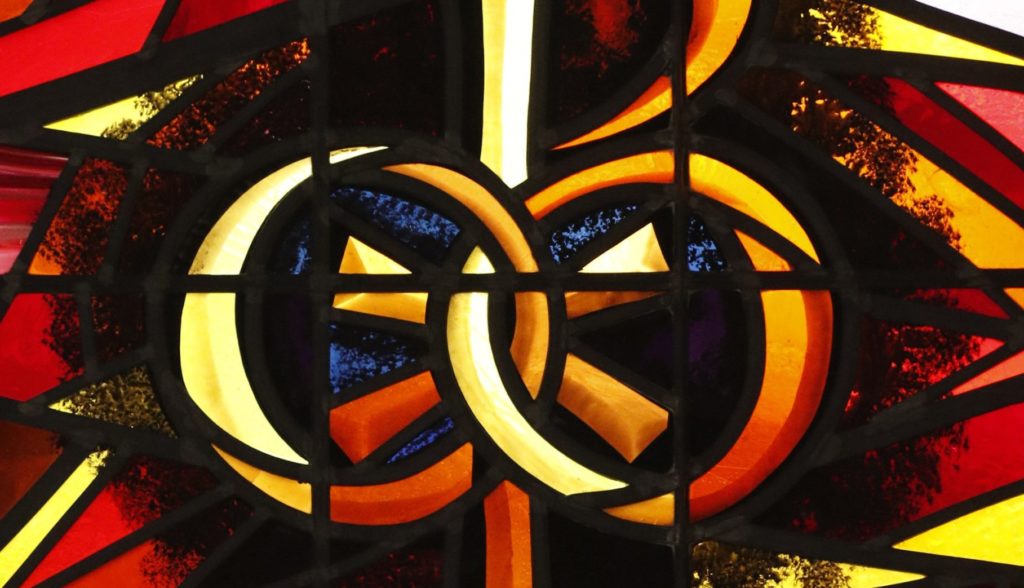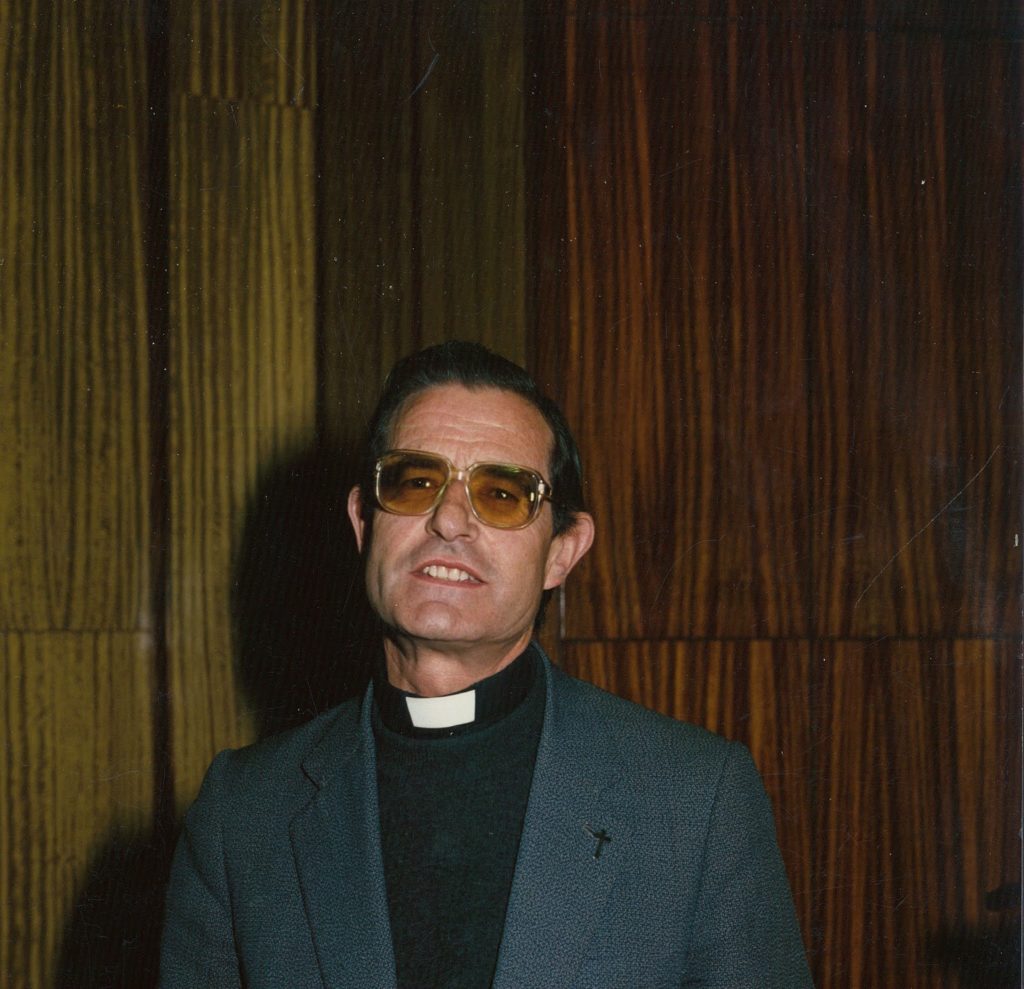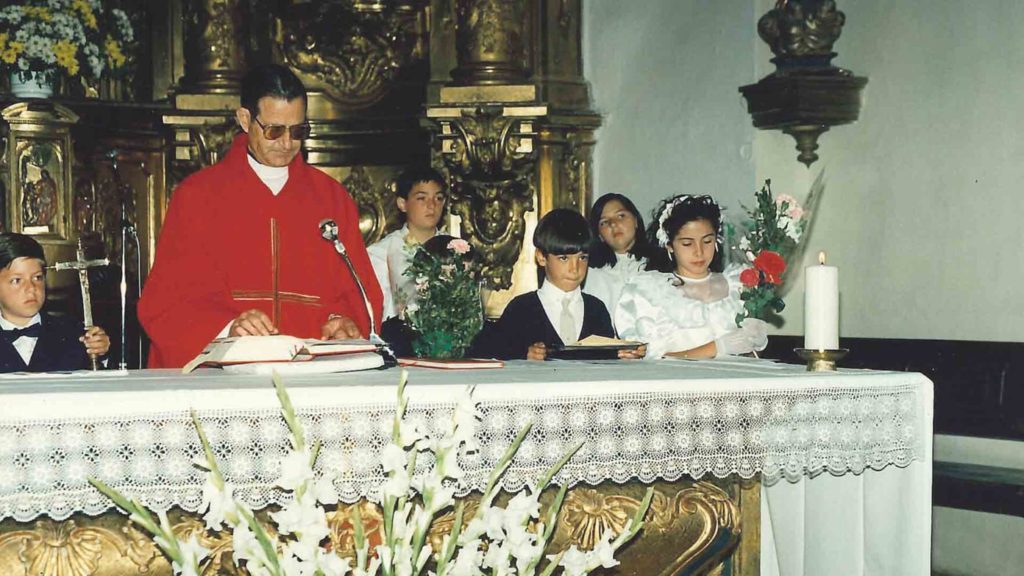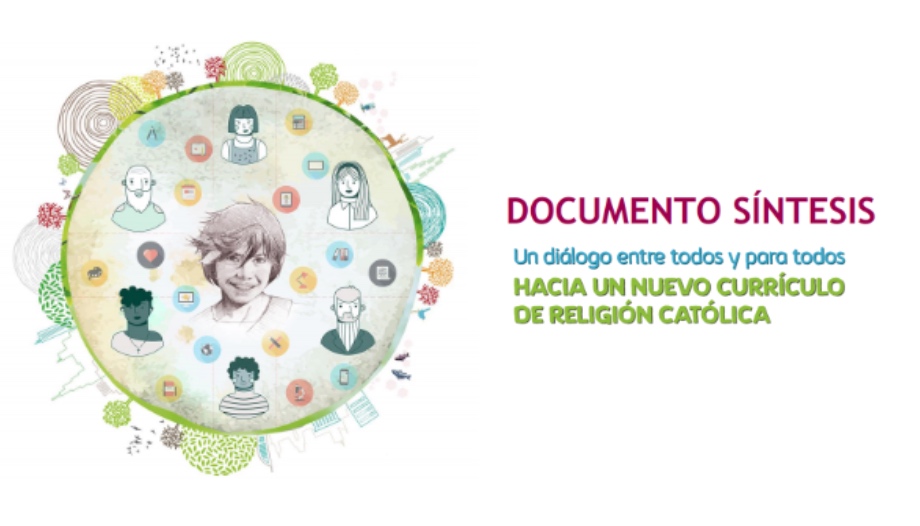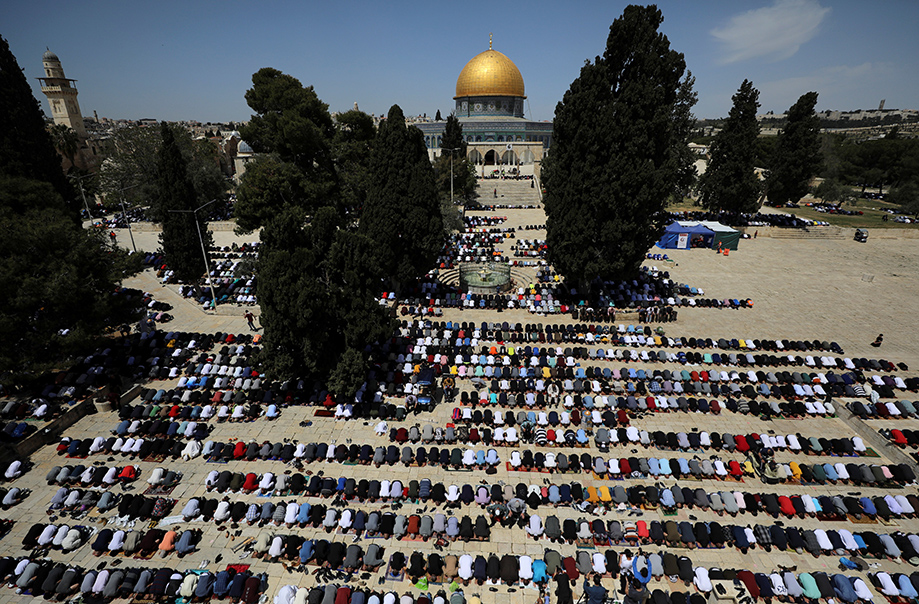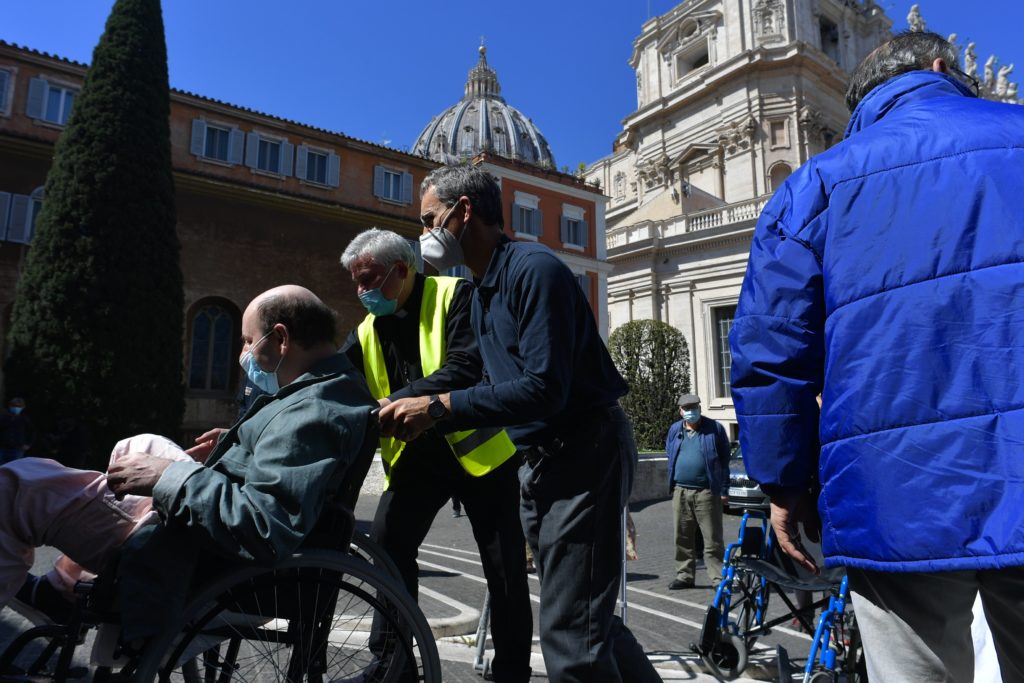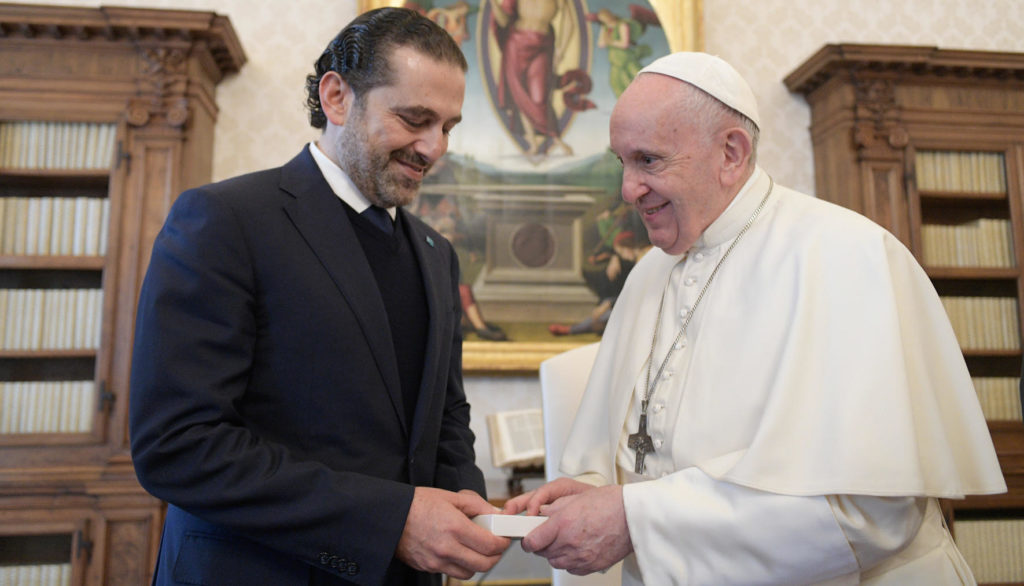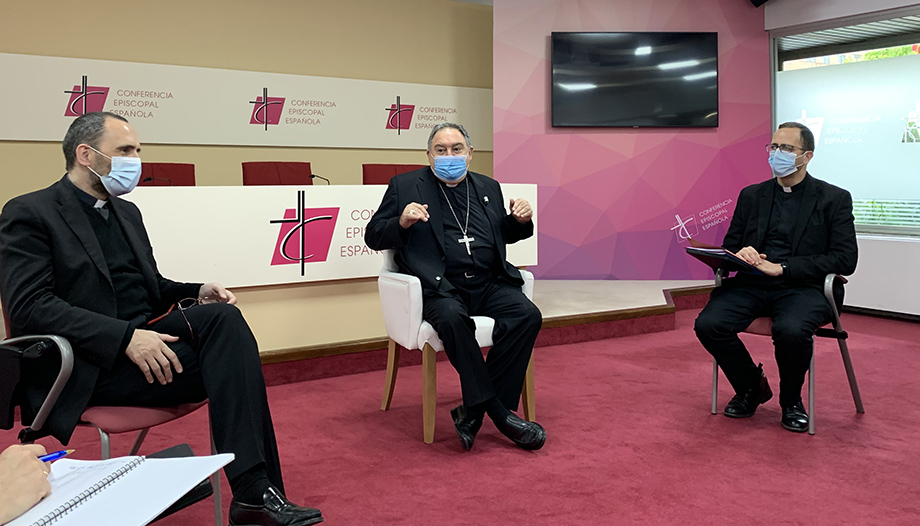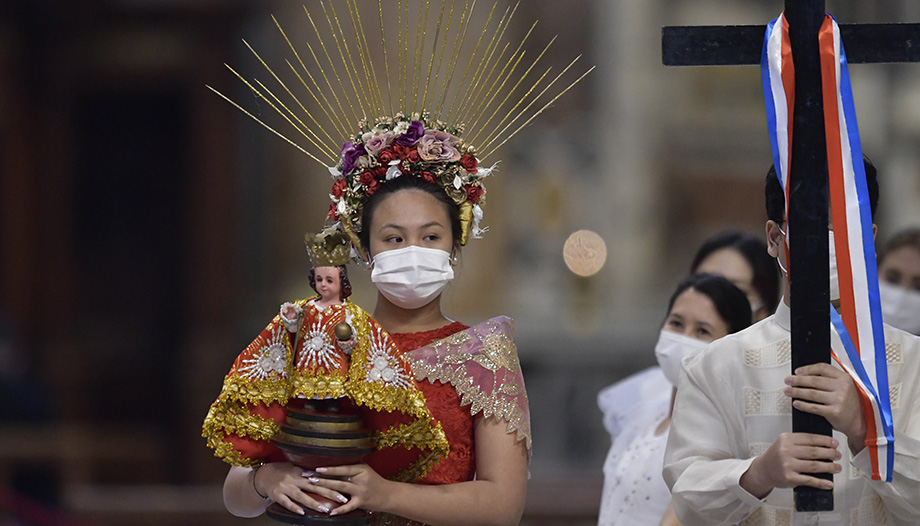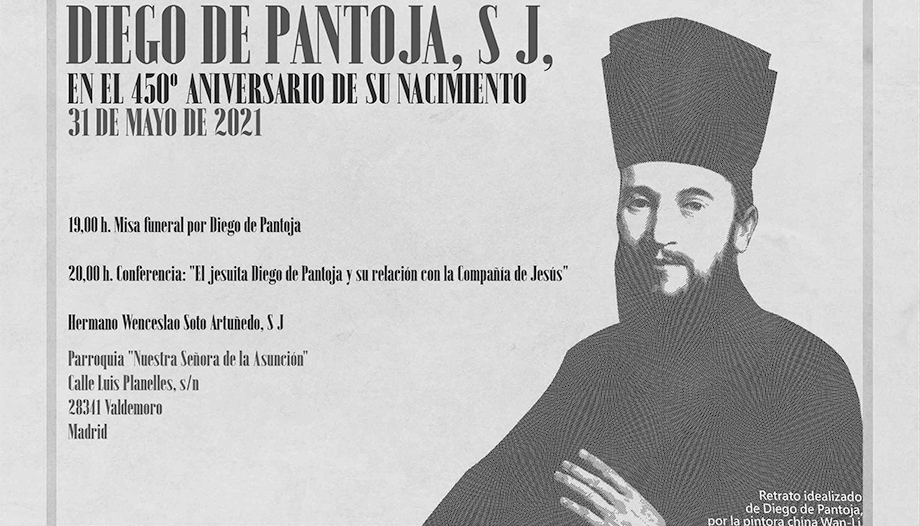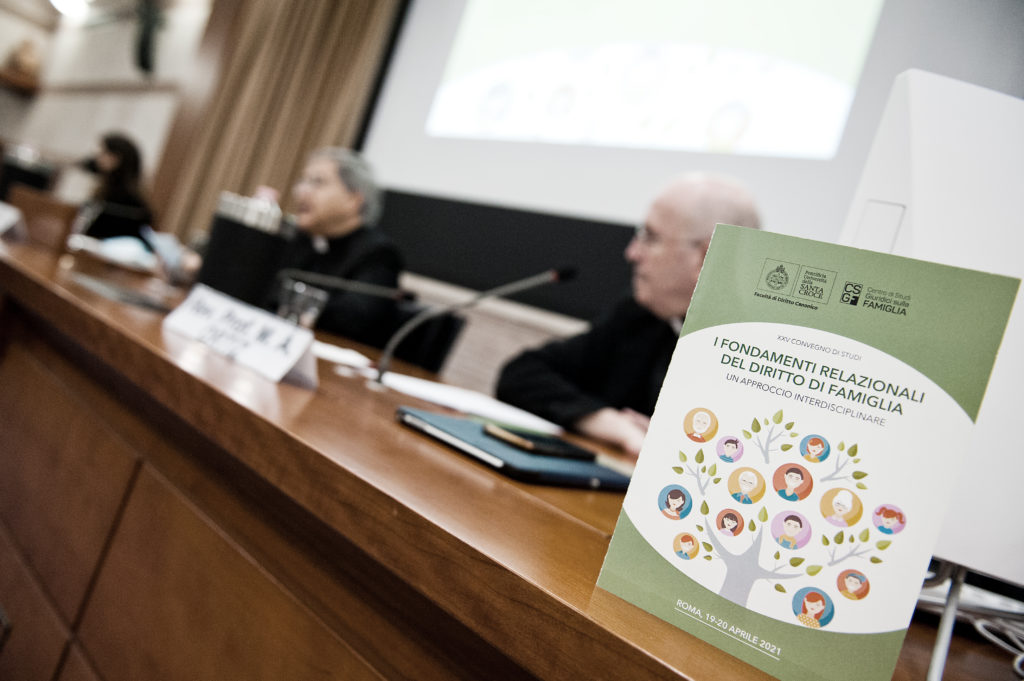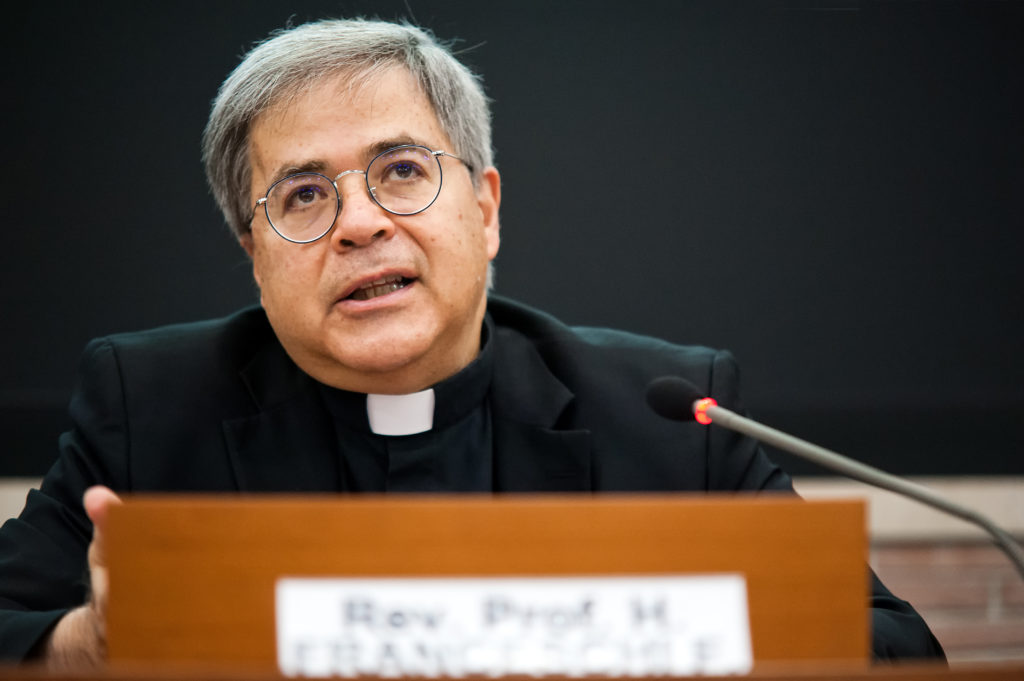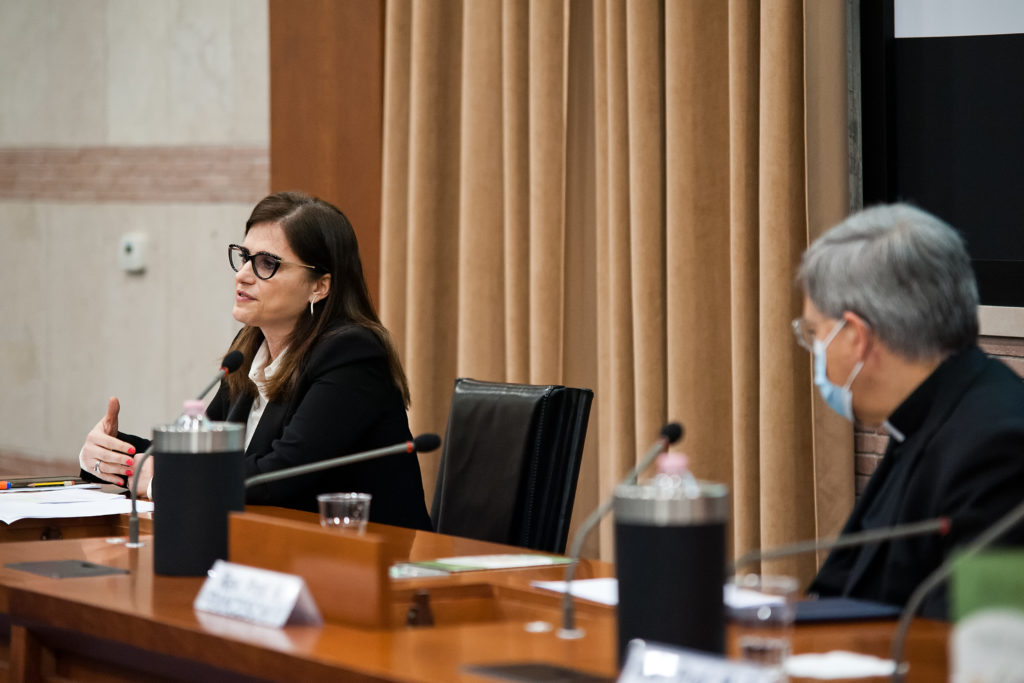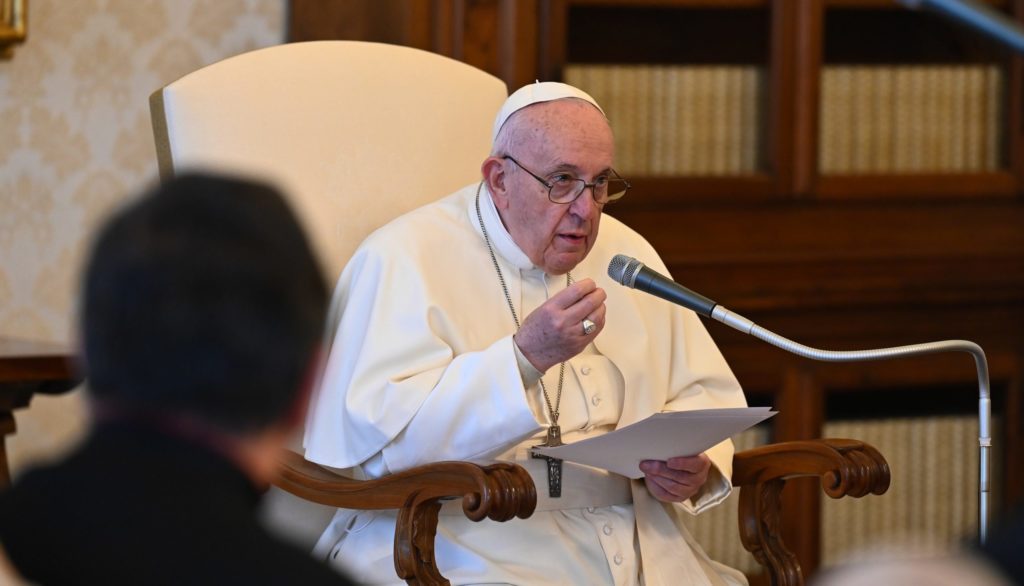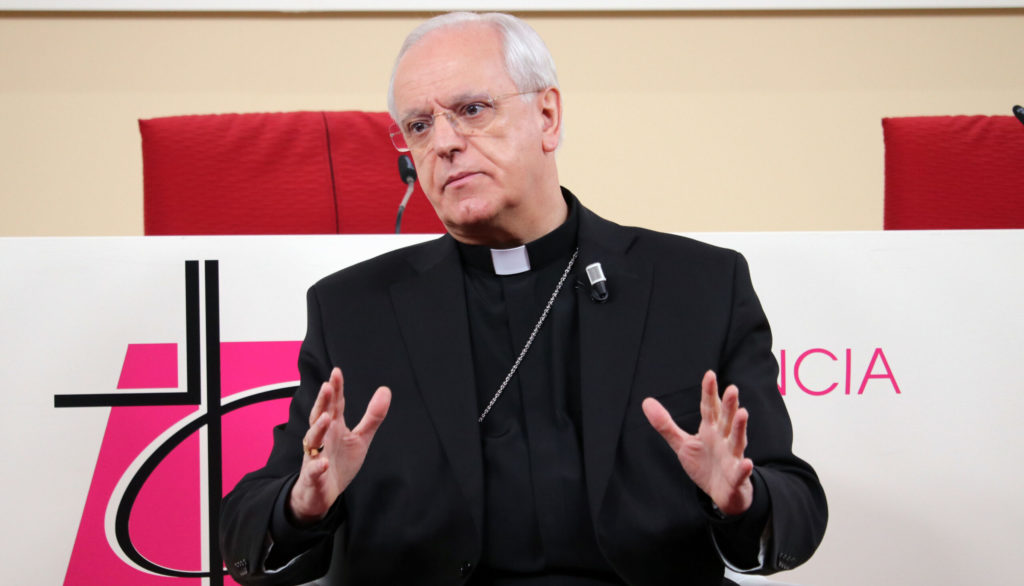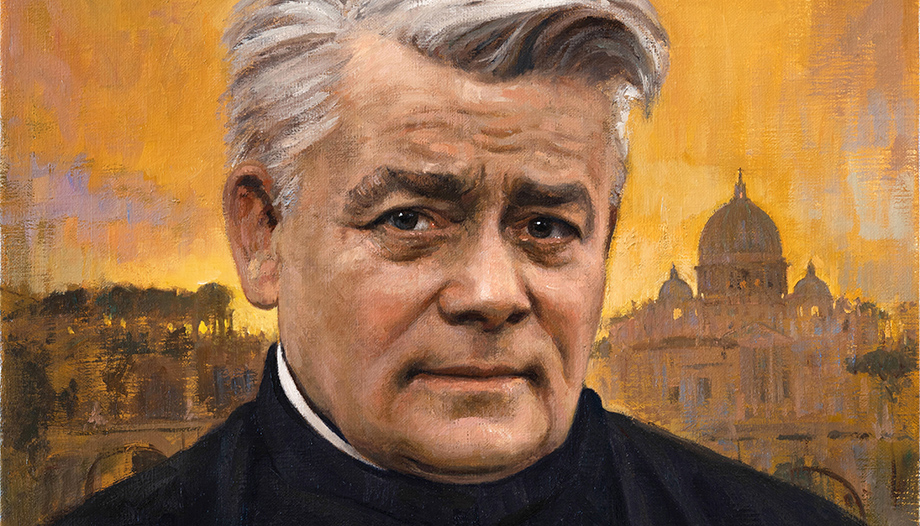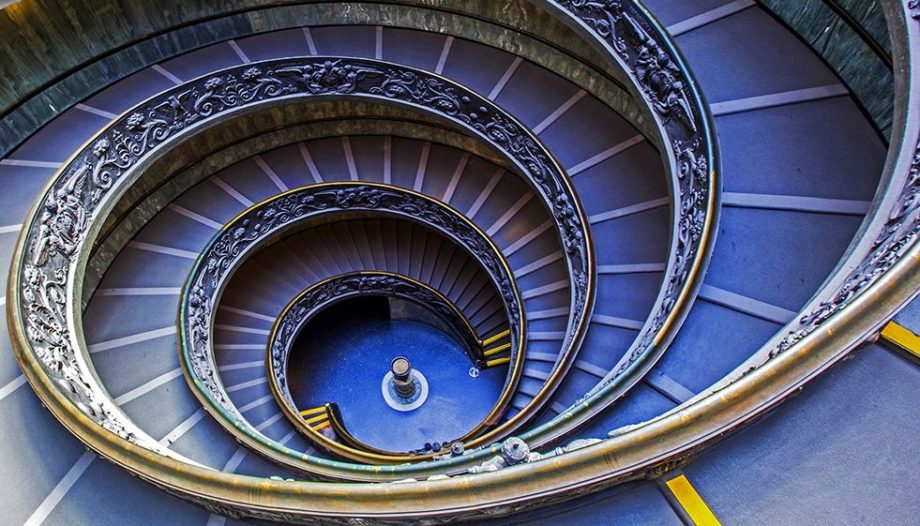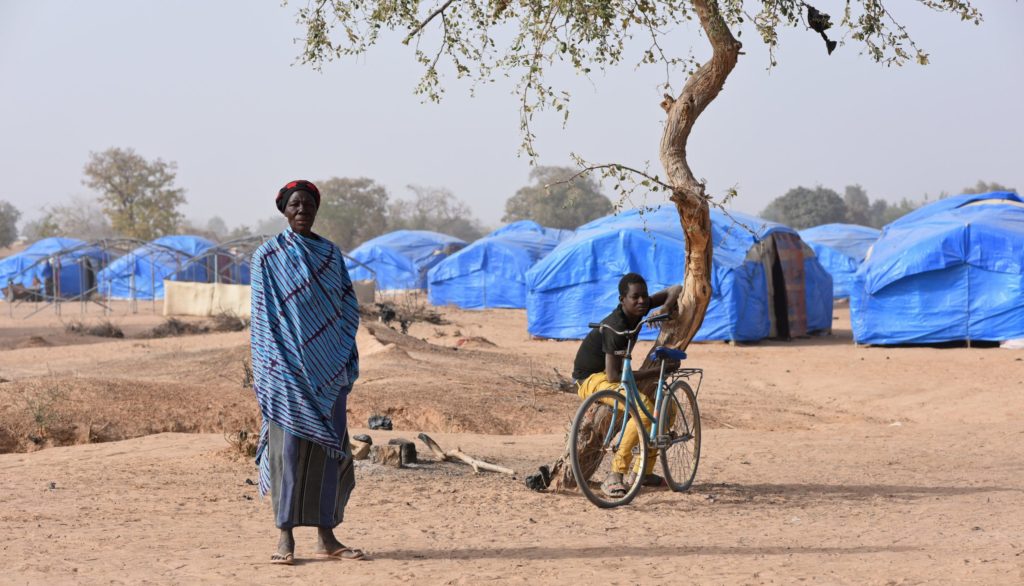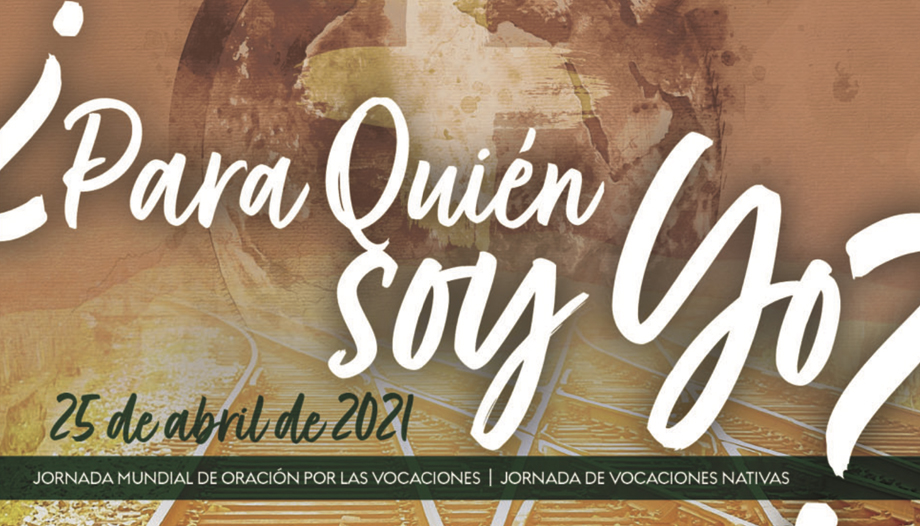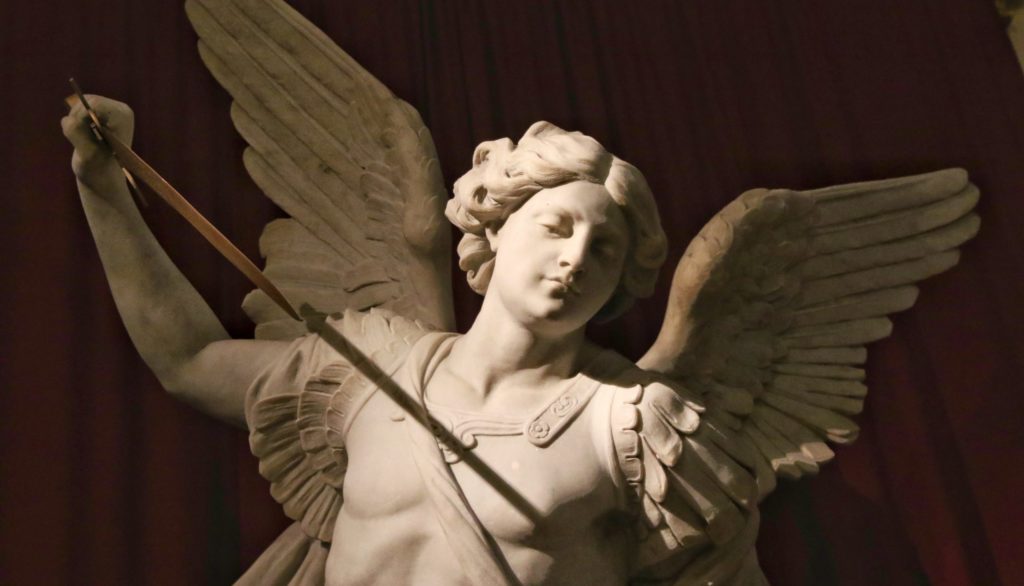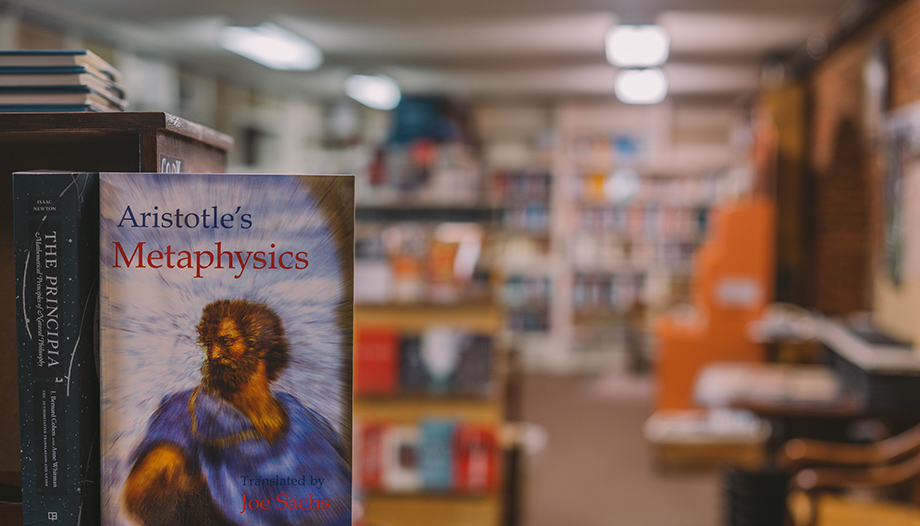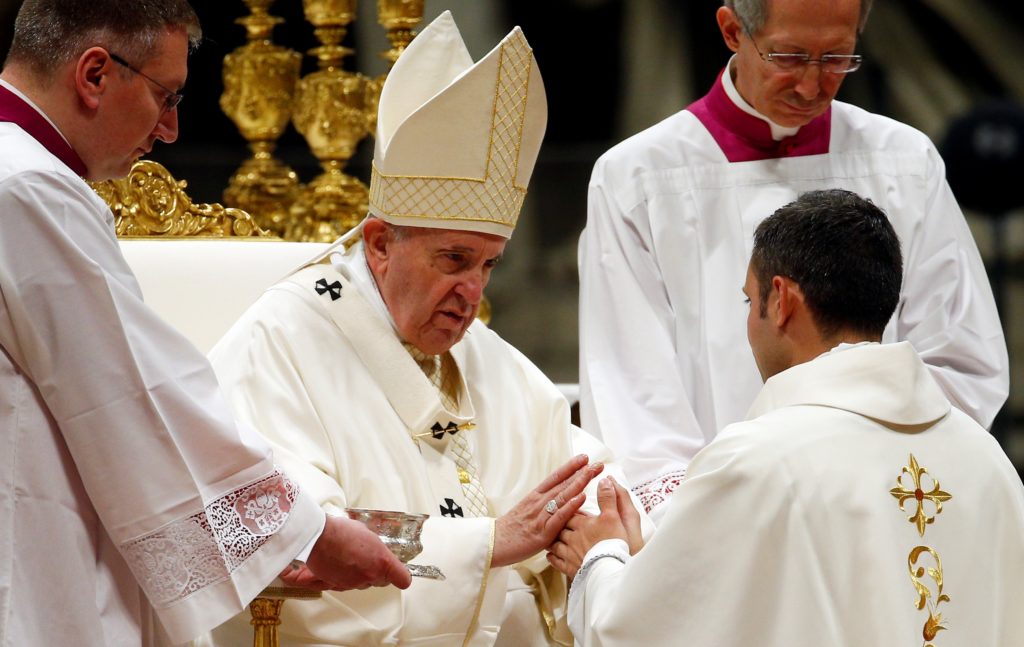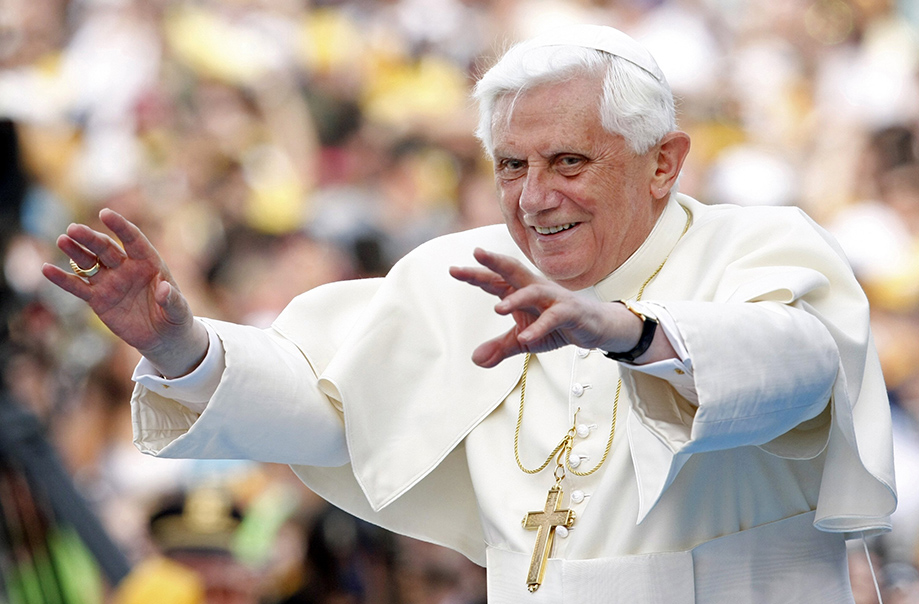As announced by the Venezuelan Episcopal Conference (CEV), the beatification ceremony of Venerable Dr. José Gregorio Hernández will take place on April 30 at the university stadium of the Central University of Venezuela. The beatification mass will be presided over by Monsignor Aldo Giordano, Apostolic Nuncio in Venezuela. Yesterday, the Pope named him Co-Patron of the Cycle of Studies in Peace Sciences of the Pontifical Lateran University of Rome.
The ceremony will not be attended by the Vatican Secretary of State, Cardinal Parolin, who "for reasons of force majeure," according to a communiqué from the Holy See Press Office, "linked above all to the Covid-19 pandemic, will not be able to travel to Venezuela, as was his wish, on the occasion of the beatification of the Venerable Servant of God José Gregorio Hernández."
The Cardinal hopes that this event "will contribute to deepen the faith of Venezuelans and their Christian life, in imitation of the new Blessed, to face together the humanitarian crisis and to promote plural and peaceful coexistence".
At the press conference held at the headquarters of the Venezuelan Episcopal Conference, Cardinal Baltazar Porras, Archbishop of Merida, Apostolic Administrator of Caracas and President of the National Commission for the Beatification of Dr. Jose Gregorio Hernandez, explained that the Apostolic Letter signed by Pope Francis, set the date for the liturgical celebration of Dr. Jose Gregorio Hernandez as October 26 of each year, which coincides with the date of his birth and that "it is already a tradition for Venezuelans to celebrate him on that day".
More than 70 years of process
On June 19, 2020, the Congregation for the Causes of Saints promulgated the decree with the authorization of Pope Francis for the beatification of Venerable Dr. José Gregorio Hernández, the fourth Venezuelan Blessed. More than 70 years have passed since the beginning of the process of beatification and canonization of the "doctor of the poor", in 1949, by the then Archbishop of Caracas, Monsignor Lucas Guillermo Castillo.
Subsequently, on January 16, 1986, José Gregorio Hernández was declared venerable by Pope John Paul II. Already under the pontificate of Pope Francis, on January 9, 2020, the Medical Commission of the Congregation for the Causes of Saints, approved the miracle attributed to his intercession, the healing of a girl hit by a bullet in the head, shot by men who wanted to rob her father. The same happened on April 27, 2020 with the Theological Commission.
The beatification of José Gregoria Hernández should mean "a transformation for the Venezuelan people".
Bishop Tulio Ramirez. Vice-postulator of the case
Tulio Ramirez, vice-postulator of the Cause, pointed out that the beatification should mean "a transformation for the Venezuelan people", since he is a reference of peace for all. He emphasized the spiritual sense of the Beatification ceremony, and the importance of "not remaining a festive act; the transcendence that this act carries with it is very essential for the conversion of the heart".
Surrender to others
Dr. Hernandez's career has been summarized as "a life dedicated to the people he cared for", especially at the time of the epidemic known as 'Spanish flu', whom he supported with his dedication and for whom he gave his life. Born in 1864, he was run over by a car as he was leaving a pharmacy in Caracas on June 29, 1919, where he had bought medicines for an elderly patient.
Cardinal Baltazar Porras pointed out that "the beatification comes at the most opportune moment", "in the midst of a global crisis and a pandemic that highlights the weakness of the human condition and the need to care for and preserve integral health, there is no better balm than to have recourse to the intercession of the doctor of the poor (...). José Gregorio is at this time the best point of convergence of all Venezuelans, without distinction of any kind. He summons us to work together for the good of the people".
Reproduced below is an article and interview published in Palabra by Marcos Pantin in 2013.
Dr. José Gregorio Hernández: a man of science and a doctor of the poor.
The life of every saint points to a path that leads to God. When that life is so normal that it could well be mine, my neighbor's or that of millions of Christians, the saint can drag us with him on the road to God. And if he exercises this influence today, it is well said that he is a saint of today.
In these lights we can appreciate the life of Venerable José Gregorio Hernández, a Venezuelan physician who died in 1919. His cause for beatification was opened in 1949 and Blessed John Paul II approved the Decree of the heroicity of his virtues in 1986.
Msgr. Fernando Castro AguayoAuxiliary Bishop of Caracas and current Vice Postulator of the Cause of Beatification gives us some information about the life of the venerable servant of God.
Monsignor, how can you draw a profile of Dr. José Gregorio Hernández?
-The life of Dr. Hernandez is very rich. It can be said that he excelled in the practice of medicine as a service. He attended rich and poor, and he treated all with the same dedication, even making use of his personal assets in favor of the neediest. José Gregorio Hernández has been recognized in every way: as a citizen who rendered admirable services to his country, as a medical professional, as an academic and rigorous man of science, and above all as a man of faith who practiced the Christian life heroically in every moment of his life.
A professor of great stature and a lover of the university, he was always a tireless physician with a deep vocation for service. Dr. Razetti affirms "As a practical physician, Dr. Hernandez has had in Caracas one of the most brilliant clientele and his patients have a special affection for him because of the gentleness of his character, the culture of his manners and the interest with which he attends his patients", and then he praises, with affectionate envy, his accurate diagnoses.
Being a rigorous academic and scientist, how did he harmonize his science and his faith?
-Everyone who knows the life of Dr. Hernandez is attracted by his manhood, his citizenship and his Christian life. He is an example of faith in Jesus Christ and of availability to God in the exercise of his profession, promoting medical science, in the midst of the theories and scientific advances of the time.
The most complimentary testimonies come from his scientific colleagues, many of them won over to materialistic positivism and atheistic evolutionism. Luis Razetti, a physician and researcher of international stature, with whom he became close friends when they started medical research in Venezuela, stated: "Even though Dr. Hernandez and I belong to diametrically opposed philosophical schools, a sincere friendship has always united us and I have been pleased at all times to proclaim the indisputable merits he possesses as a professor, as a man of science and as a citizen of immaculate conduct". And Dr. Rafael Caldera adds: "It would be enough to read the judgments about Hernandez, of most of the most renowned scientific values of his time to see how they considered miraculous that a man of so many and so versed knowledge in experimental sciences could be a Christian.
So renowned as a physician and scientist, what is his reputation for sainthood?
-Devotion to Dr. José Gregorio Hernández is extremely widespread. In the middle and popular sectors of Venezuela, practically, 90% have turned to his intercession, and approximately 10 or 15% claim to have received some favor or miracle through his intercession. In the public hospital or in the modern private clinic, there is no lack of prayer cards for private devotion, at the patient's bedside, in the nurses' station or in the Intensive Care Unit.

The fame of sanctity of Dr. Hernandez is touched from the moment of his death. A doctor of the poor, he was laid to rest with the honors of a professor in the auditorium of the University. From there he was taken to the Cathedral. After the funeral, he was carried on his shoulders to the Cemetery. The news flies through the streets and the moved city waits in front of the temple. In the cathedral the people shouted at the doors: "Doctor Hernandez is ours...! When the coffin came out, the people snatched it from the students who were carrying it and there was no way to avoid it". It was the most crowded and sincere funeral procession ever recorded in Caracas.
If his devotion is so widespread, shouldn't the cause for his beatification be moving faster?
-It is surprising the abundance of favors obtained through the intercession of José Gregorio Hernández. However, the reason why he has not yet reached the altars is that everyone considers him a saint and few feel the obligation or desire to put in writing the miracles or favors they receive through his intercession.
What can you tell us about your work as Vice Postulator?
-Since a year ago I have been appointed Vice Postulator of the Cause. During this time many small communities have been created in different parts of Venezuela that are committed to pray, spread devotion to the Servant of God and collect the necessary data to support the miracles.
In addition, a new impulse has been given to the Cause with the printing of four million stamps for private devotion that are being distributed throughout Venezuela and some countries of America.
And what is expected from the diffusion of the print as an evangelizing element?
-First of all, the prayer of the prayer card is addressed to Our Lord Jesus Christ so that He may grant a favor through the intercession of the Servant of God. Then, we hope that the use of the prayer card will encourage prayer in the family, among neighbors and friends, that is, communal prayer. And thirdly, through the prayer card we aspire to collect data to support the miracles and introduce them to the Sacred Congregation for the Causes of Saints.
Is it easy to keep the general fervor for the Physician of the Poor within the canons of private devotion?
-For many people who have a devotion to Joseph Gregory, it has been a real discovery to see that the prayer on the prayer card is addressed to Jesus Christ, the Mediator between God and mankind. This reference has been a very important evangelizing element. It has oriented many simple people who possibly take the devotion to Dr. Hernandez in a somewhat superstitious way. This insistence on directing private prayer to our Lord Jesus Christ has helped them to rekindle their faith, because personal and community prayer directed to Jesus Christ is always a source of good and orients man to the Redeemer of the world, the Savior of humanity and Lord of History.
How does the Venezuelan Hierarchy support this promotion of the Cause of Beatification?
-Cardinal Jorge Urosa Savino, Archbishop of Caracas, last October addressed a rather extensive pastoral letter in which he underlines the heroic life of the Venerable, gives guidelines for a righteous devotion and encourages the Catholic people of Venezuela and other countries to collect the data to support the miracle required for beatification.
This pronouncement is very timely. It comes to light at the beginning of the Year of Faith. Certainly, the beatification of Dr. José Gregorio Hernández would be a great good for Venezuela because it would recognize the sanctity of an honest citizen, a rigorous scientist, a man of faith and diligent charity, very Creole, very Venezuelan, who lived the Christian life to the last consequences.
José Gregorio Hernández
Born in Isnotú (Venezuelan Andes) on October 26, 1864. He received his Doctorate in Medicine in Caracas in 1888. In 1889 he was sent to Europe to specialize and bring to Venezuela the latest advances in Medicine. For two years he worked in the laboratories of the Faculty of Medicine in Paris. He accumulated experience in Berlin and Madrid where he received academic recognition.
In 1891 he brings to Venezuela the equipment to build the Laboratory of Experimental Medicine of the Central University. Founded three new university chairs and the Institute of Experimental Medicine. Founding member of the National Academy of Medicine, however, he maintains the medical practice, hospital care and university teaching.
He died in Caracas on Sunday, June 29, 1919, run over by an automobile during his usual round of visits to the sick poor.











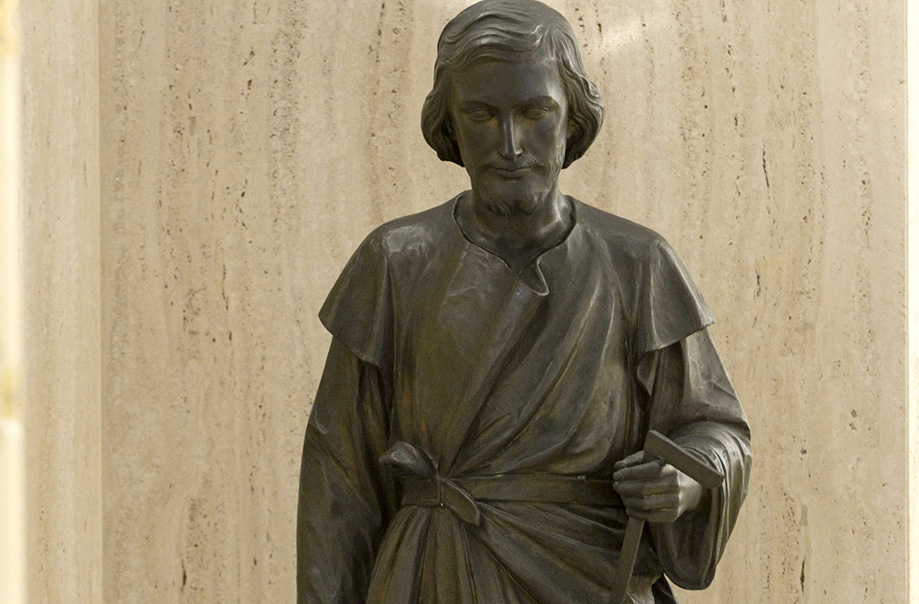
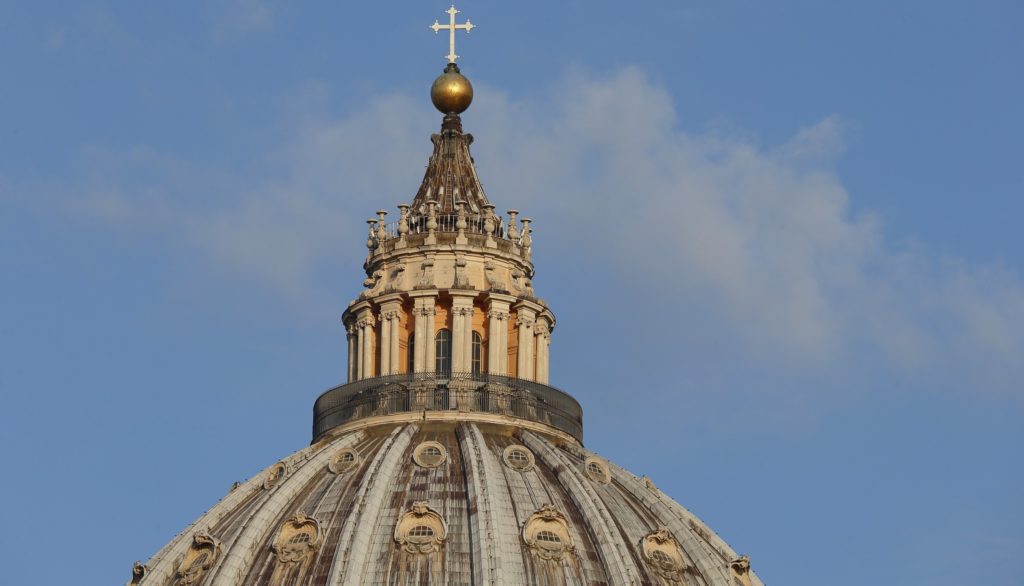
 The Secretary of State will no longer manage financial and real estate assets.
The Secretary of State will no longer manage financial and real estate assets.